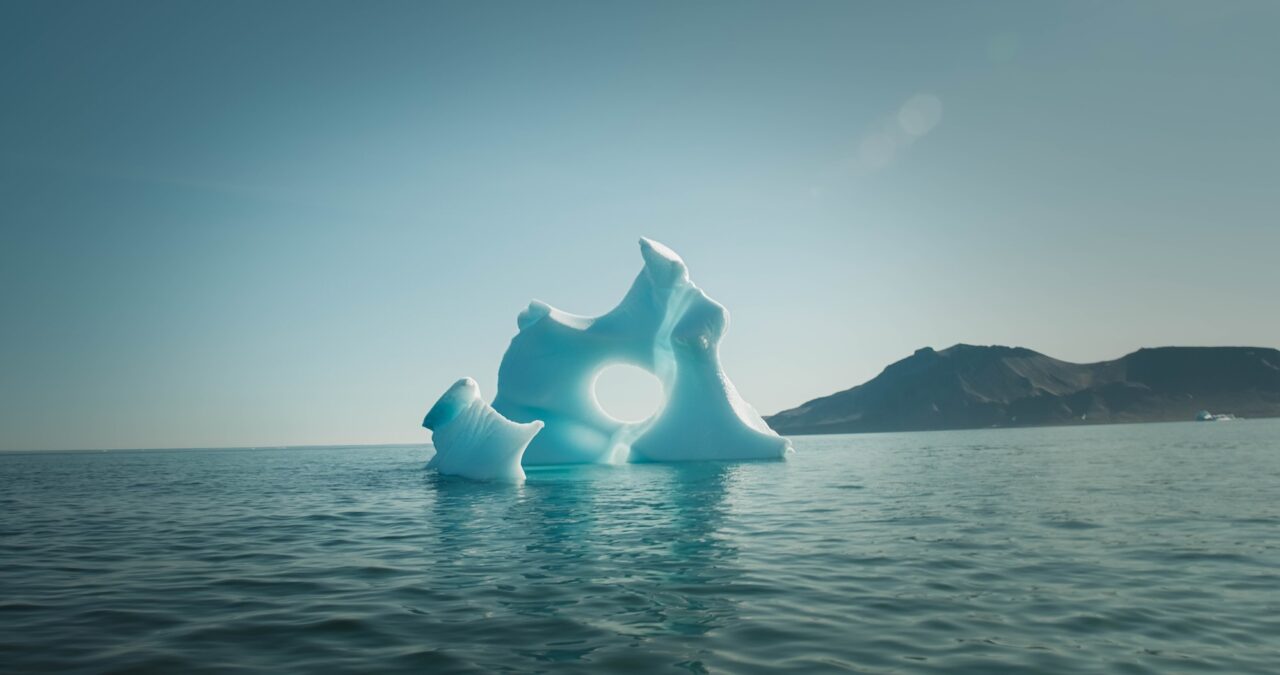
Our planet relies on the oceans as climate regulators. At the same time, the effects of our emissions are most evident in the oceans. Today, eutrophication, climate change, ocean acidification, and invasive species are some of the challenges the oceans face.
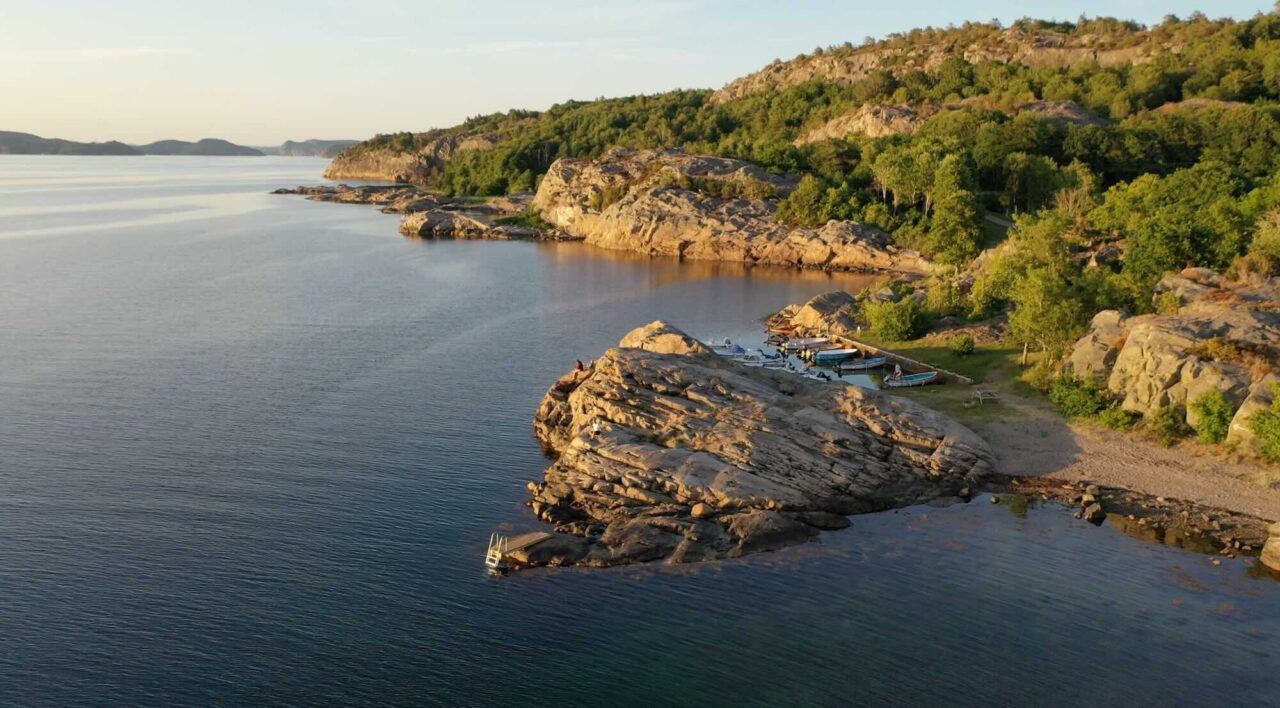
On Sweden's west coast lies the Western Sea with Sweden's saltiest water and the largest marine biodiversity. The Western Sea includes both Kattegat, Skagerrak, and the Øresund and is home to species such as mackerel, kelp, octopus, sea stars, corals, dolphins, and a total of 17 species of sharks.
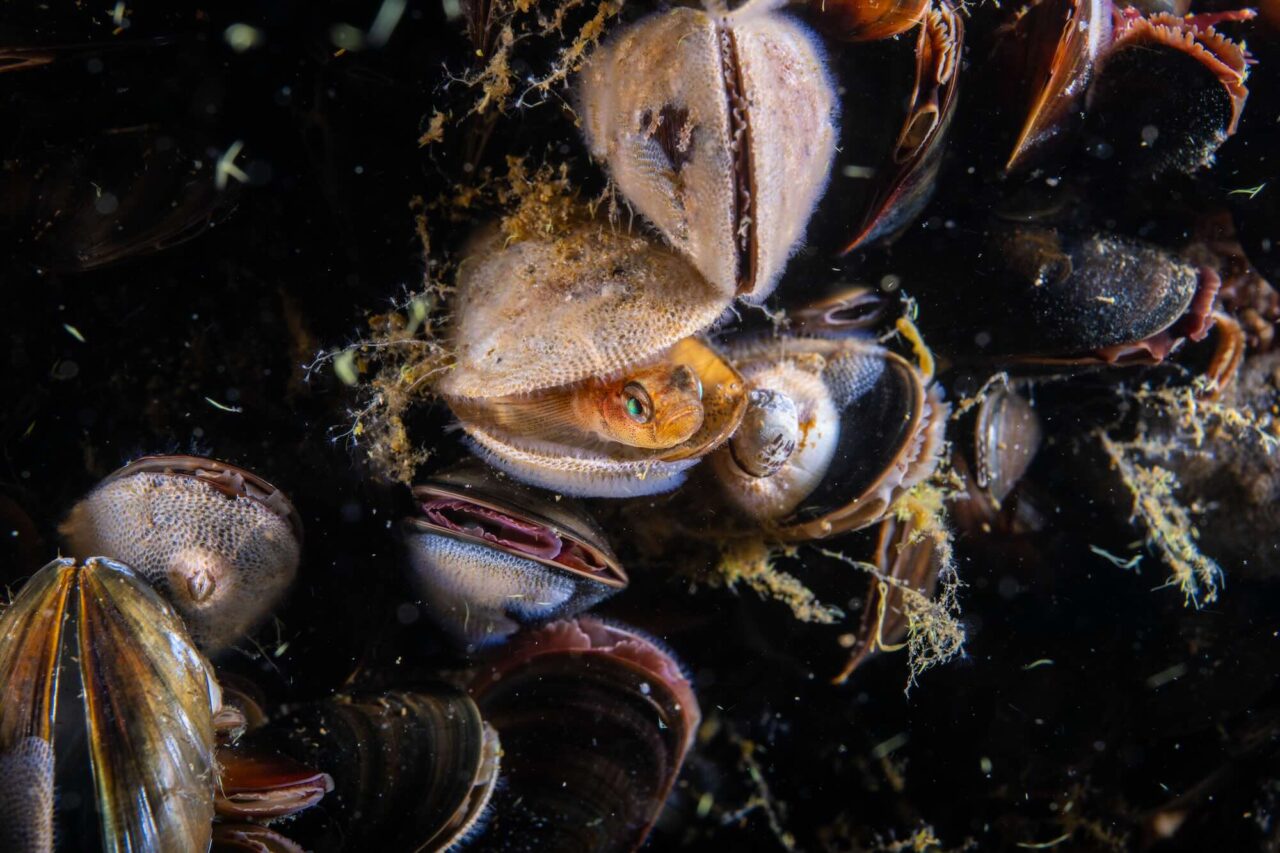
The Baltic Sea is a unique and sensitive sea where organisms live on the edge of what they can tolerate due to the low salinity. It has also been called the world's most polluted inland sea due to eutrophication and the chemical cocktail caused by human activities.
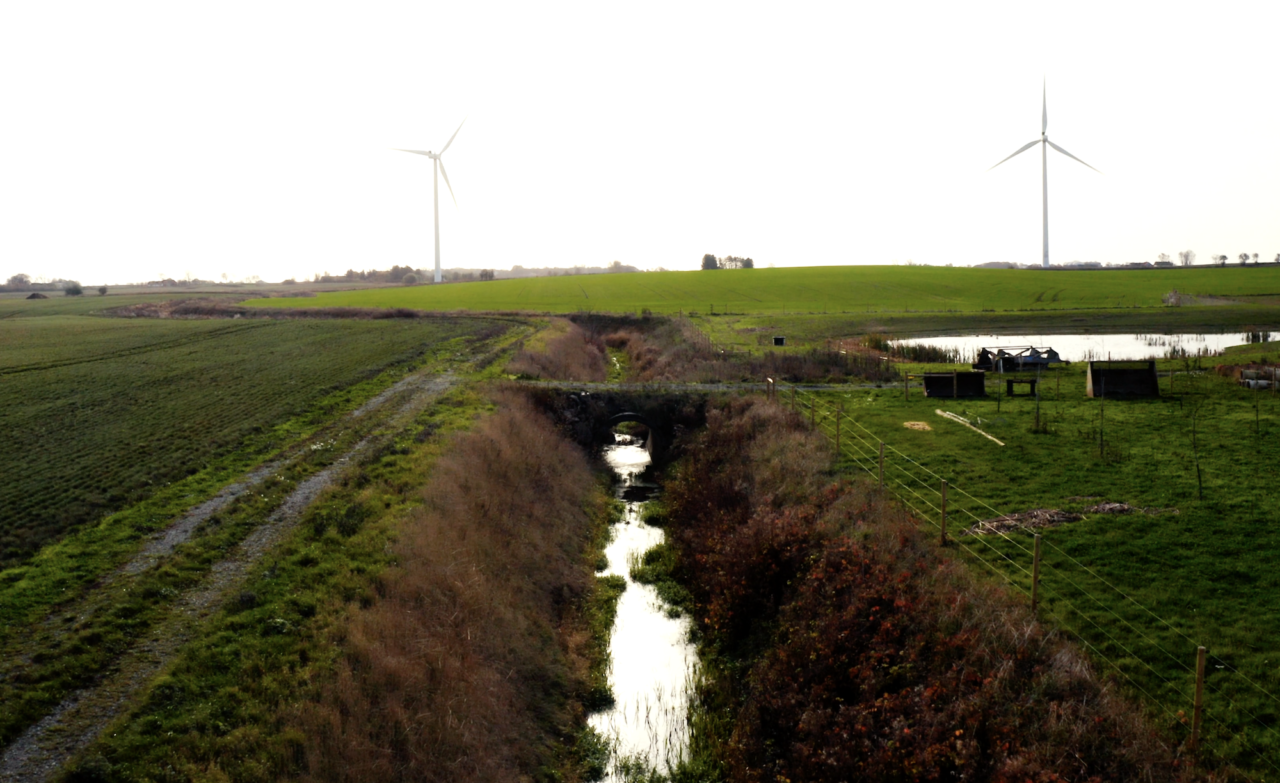
The river "Tullstorp" in southern Skåne is today a river that looks like a river and behaves like a river and that both the landscape and the sea benefit from - but it has just been "reborn" after being a ditch for a long time. The great dredging of Sweden took place in the 19th century and has, among other things, led to the eutrophication of the Baltic Sea.
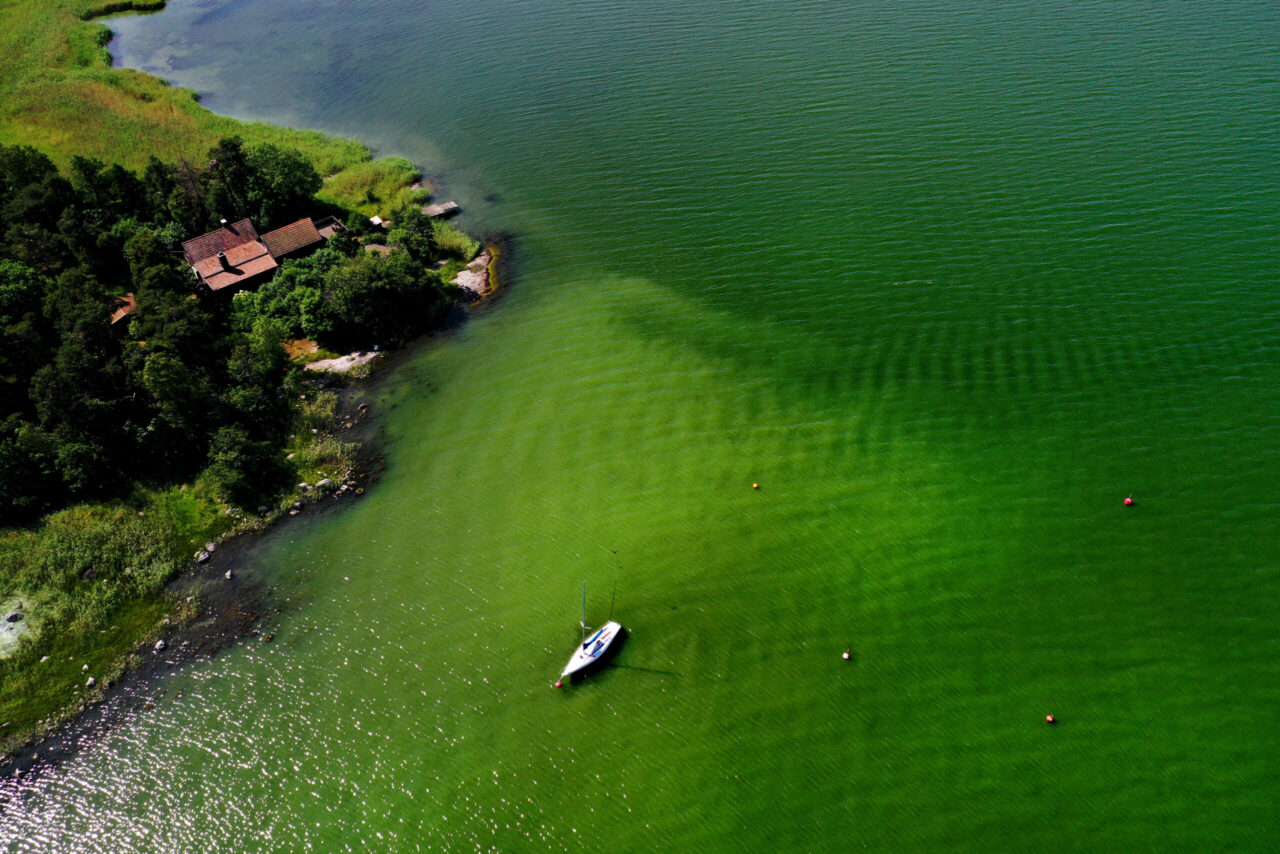
The Center Party wants to invest SEK 725 million over the next three years to reduce eutrophication of the Baltic Sea

Reportage from course participants at the Red Cross Folk High School's documentary film line
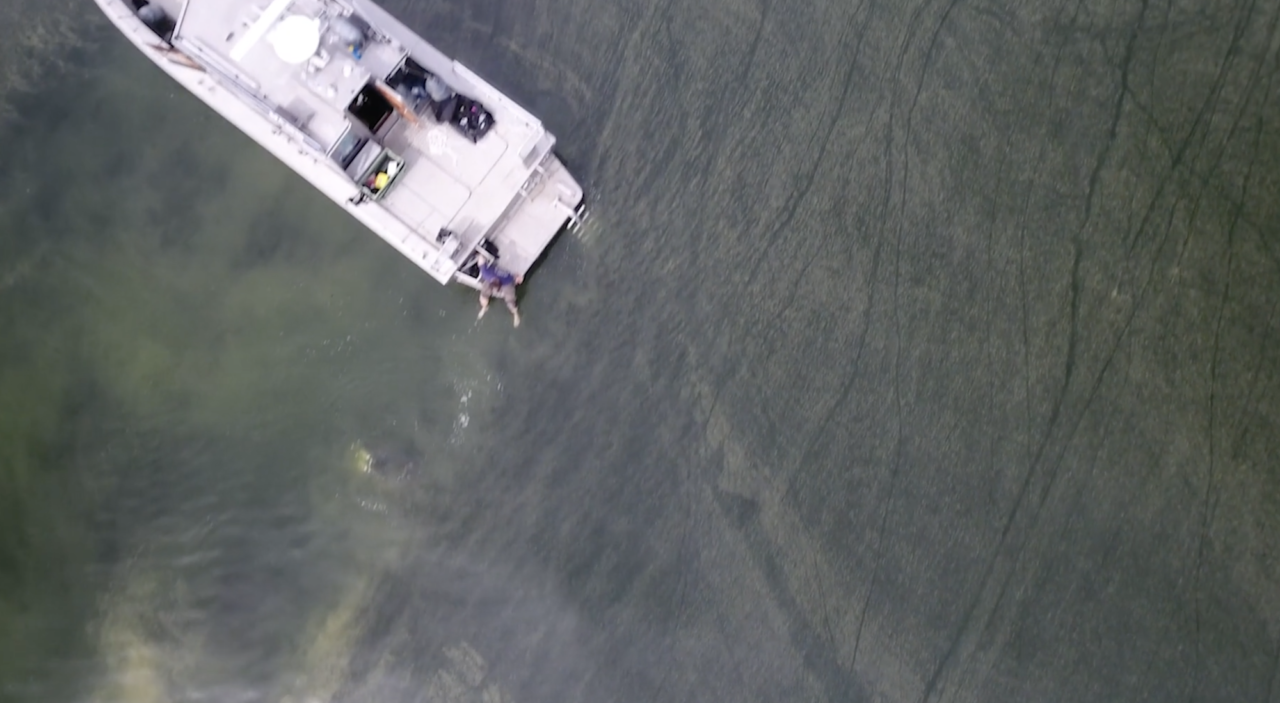
Eutrophication is the biggest and most pressing environmental issue for the Baltic Sea, even today. Several major efforts are underway to address the problems, but old sins live long. Researcher Pia Gernamayeh is one of the soldiers in the fight against eutrophication
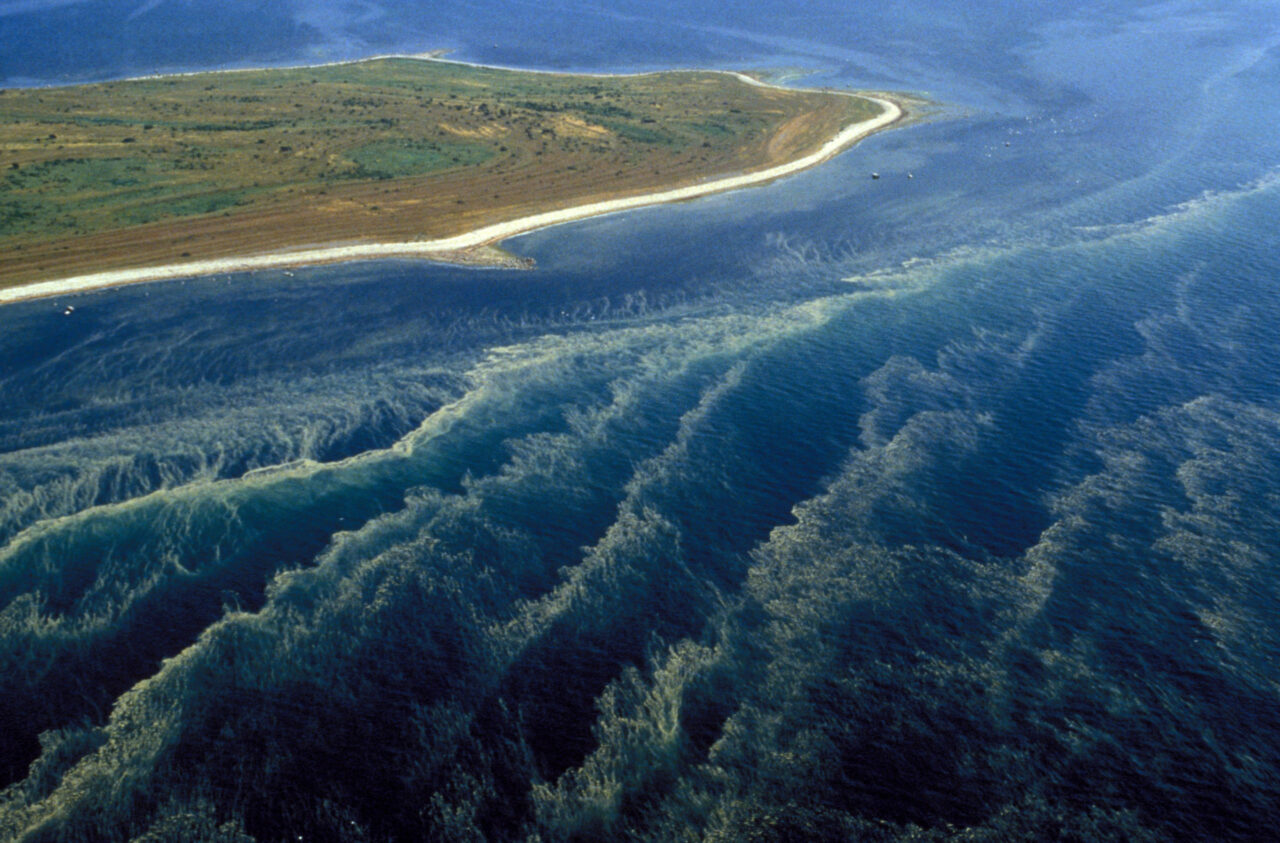
The Baltic Sea is experiencing excessive algal blooms year after year, and levels of phosphorus and nitrogen in the sea remain high. Yet less nutrients are leaking from agriculture and sewage than ever before. How is it connected?